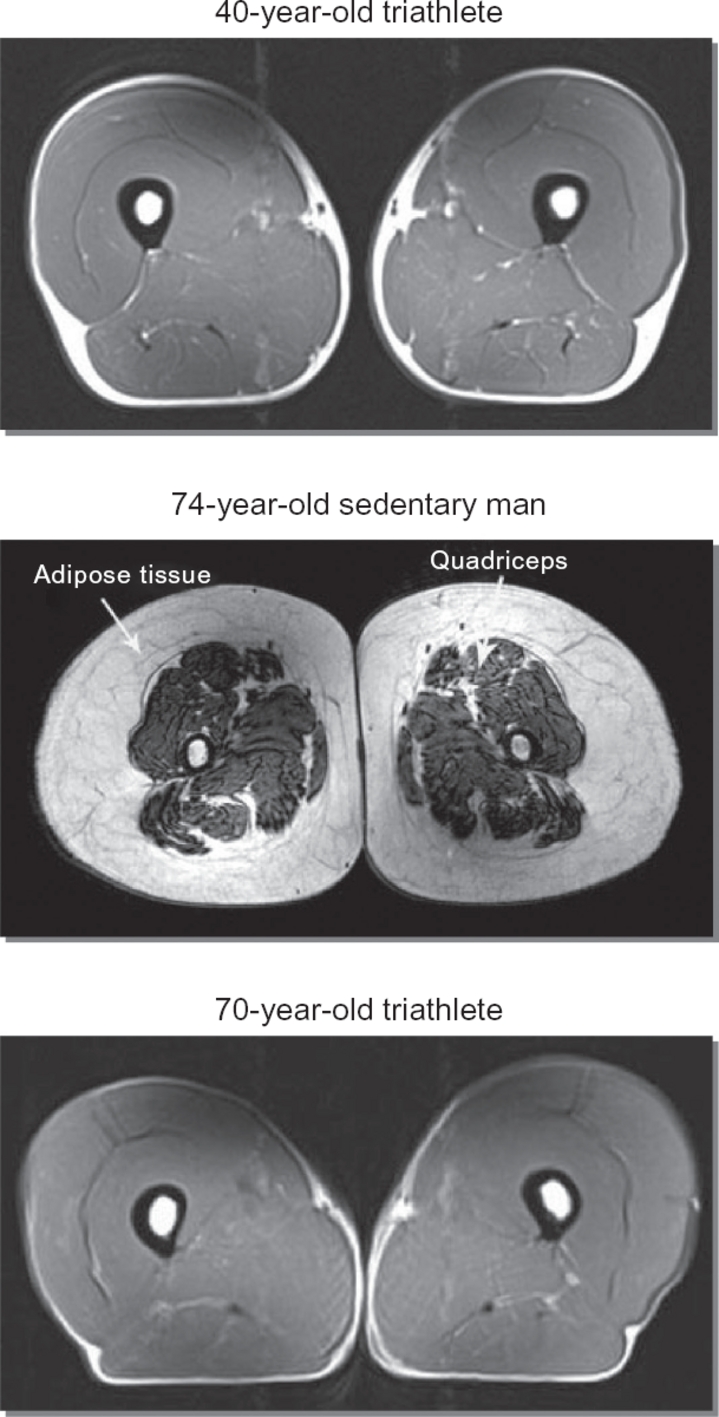Recent studies suggest that lifting weights can help to prolong your life (Brit J of Sprt Med, published online February 28, 2022). An analysis of 16 studies including almost 480,000 people, 18 to 98 years of age, found that those who spent 30 to 60 minutes per week in strength training had:
• 40 percent lower risk of premature death
• 46 percent lower risk of heart disease
• 28 percent lower risk of dying from cancer
An earlier study of almost 30,000 older women followed for 12 years showed that those who did strength training had fewer deaths from heart attacks and all causes than those who did not lift weights (J Am Heart Assoc, Oct 31, 2017;6(11)). Another study that followed 80,306 adults for two years (Am J Epidemiol, Dec 12, 2017) showed that people who did:
• strength training at least twice a week by lifting weights or using weight machines were at 20 percent reduced risk for dying from cancers and from all causes
• aerobic exercise for 2.5 hours per week had a 20 percent reduced chance of dying from heart attacks and all causes
• both strength training and aerobic exercises had a 30 percent reduced rate of death from cancers and all causes
Muscles Weaken with Aging Even If You Exercise
You can expect to lose muscle size and strength as you age. Between 40 and 50 years of age, the average person loses more than eight percent of their muscle size. This loss increases to 15 percent per decade after age 75. The people who lose the most muscle usually are the least active, exercise the least and are the ones who die earliest. Older people who lose the most muscle are four times more likely be disabled, have difficulty walking, and need walkers and other mechanical devices to help them walk (Am J Epidemiol, 1998; 147(8):755–763).
 Every muscle in your body is made up of thousands of muscle fibers just as a rope is made up of many strands. Every muscle fiber is innervated by a single nerve fiber. With aging you lose nerves, and when you lose a nerve attached to a muscle fiber, that muscle fiber is lost also. A 20-year-old person may have 800,000 muscle fibers in the vastus lateralis muscle in the front of his upper leg, but by age 60, that muscle would have only about 250,000 fibers. For a 60-year-old to have the same strength as a 20-year-old, the average muscle fiber needs to be three times as strong as the 20-year-old’s muscle fibers. You cannot stop this loss of the number of muscle fibers with aging, but you certainly can enlarge each muscle fiber and slow down the loss of strength by exercising muscles against progressive resistance using strength-training machines or by lifting weights (Experimental Gerontology, August 13, 2013).
Every muscle in your body is made up of thousands of muscle fibers just as a rope is made up of many strands. Every muscle fiber is innervated by a single nerve fiber. With aging you lose nerves, and when you lose a nerve attached to a muscle fiber, that muscle fiber is lost also. A 20-year-old person may have 800,000 muscle fibers in the vastus lateralis muscle in the front of his upper leg, but by age 60, that muscle would have only about 250,000 fibers. For a 60-year-old to have the same strength as a 20-year-old, the average muscle fiber needs to be three times as strong as the 20-year-old’s muscle fibers. You cannot stop this loss of the number of muscle fibers with aging, but you certainly can enlarge each muscle fiber and slow down the loss of strength by exercising muscles against progressive resistance using strength-training machines or by lifting weights (Experimental Gerontology, August 13, 2013).
My Recommendations
If you are not already doing strength-training exercise, first check with your doctor to make sure you do not have any condition that may be harmed by exercise (for example, exercise can cause a heart attack in people who have unstable plaques in their arteries). Then join a gym and ask for instructions on how to use the weight-training machines (Nautilus and similar brands). Used properly, these machines will guide your body to use the correct form and help to prevent injuries as you move weights that match your level of strength. If you are not comfortable with going to a gym, consider setting up a resistance exercise program at home. See Resistance Exercise You Can Do at Home. I recommend that you hire a knowledgeable personal trainer at least for a few sessions to set up your home program and help with choices of equipment.
I recommend lifting light weights with more repetitions, because lifting lighter weights many times is less likely to cause injuries than lifting heavier weights a few times. See Making Muscles Stronger
Strength Training to Help Prevent and Treat Osteoporosis

